Elden Ring’s launch success is fueled by loyal FromSoftware fans
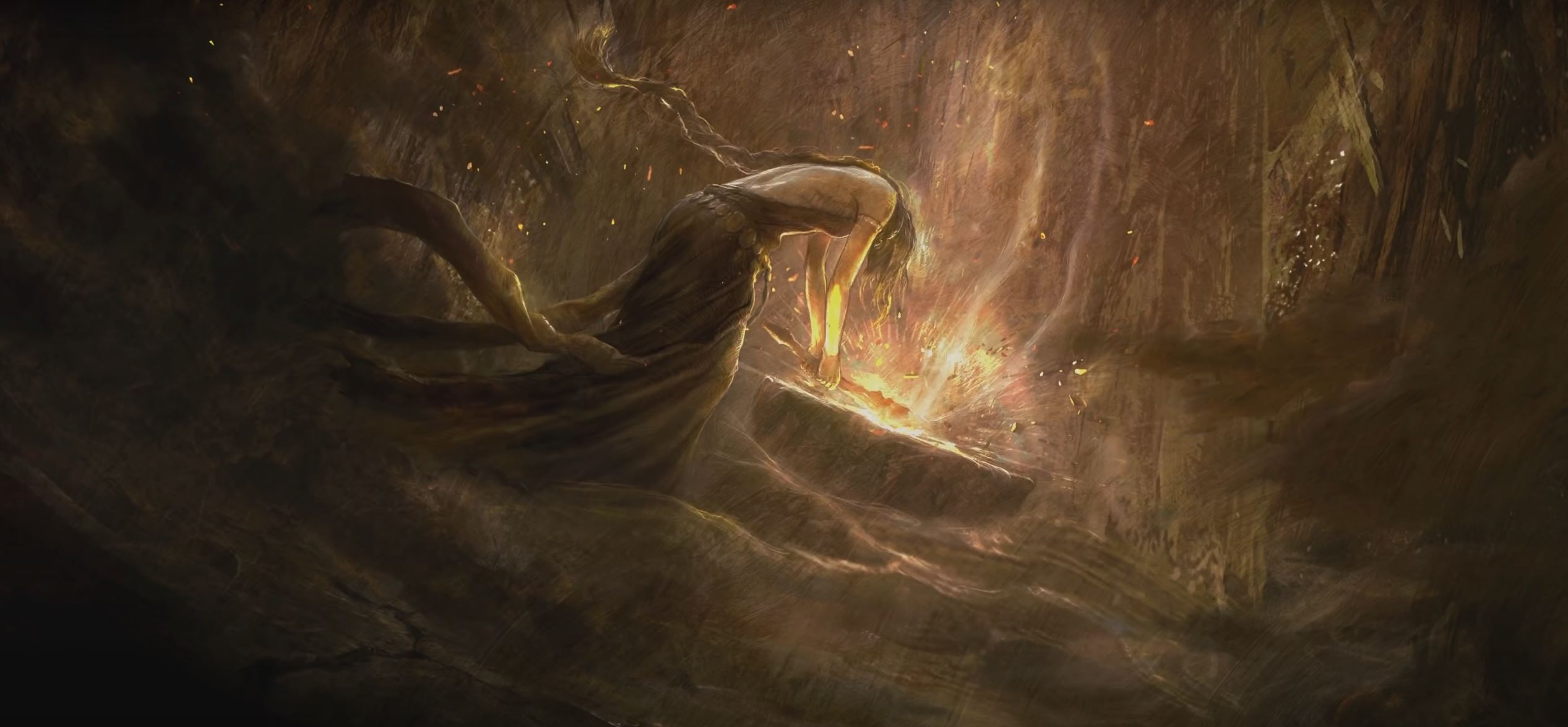
I was a confused but earnest novice when I went to Elden Ring I cleared out Stormveil Castle after much death and despair; so I set out to adventure, and shortly found myself atop a tower, next to a chest. Someone who had come here before me had helpfully left a message: treasure ahead!
I opened the chest, got sucked through a portal, and woke up in a nightmare region of the game, full of misery. That was when something clicked. I felt as if I were in during the FromSoftware experience.
Elden Ring is one of the biggest titles of the year, with over 12 million copies sold as of March 2022. The game has proven to be both a commercial and critical success, and while developer FromSoftware filed off some of the harshest edges from previous titles, it’s still very familiar for long-term fans of the studio. FromSoft has worked on many of the same design concepts and mechanics for many years. Eldenring ‘s popularity is due to the large fan base that the Japanese developer built through previous releases. And it’s this very same community that not only got me hooked on Elden Ring, but also fueled my interest in both playing FromSoft’s previous games and digging deep into their lore.
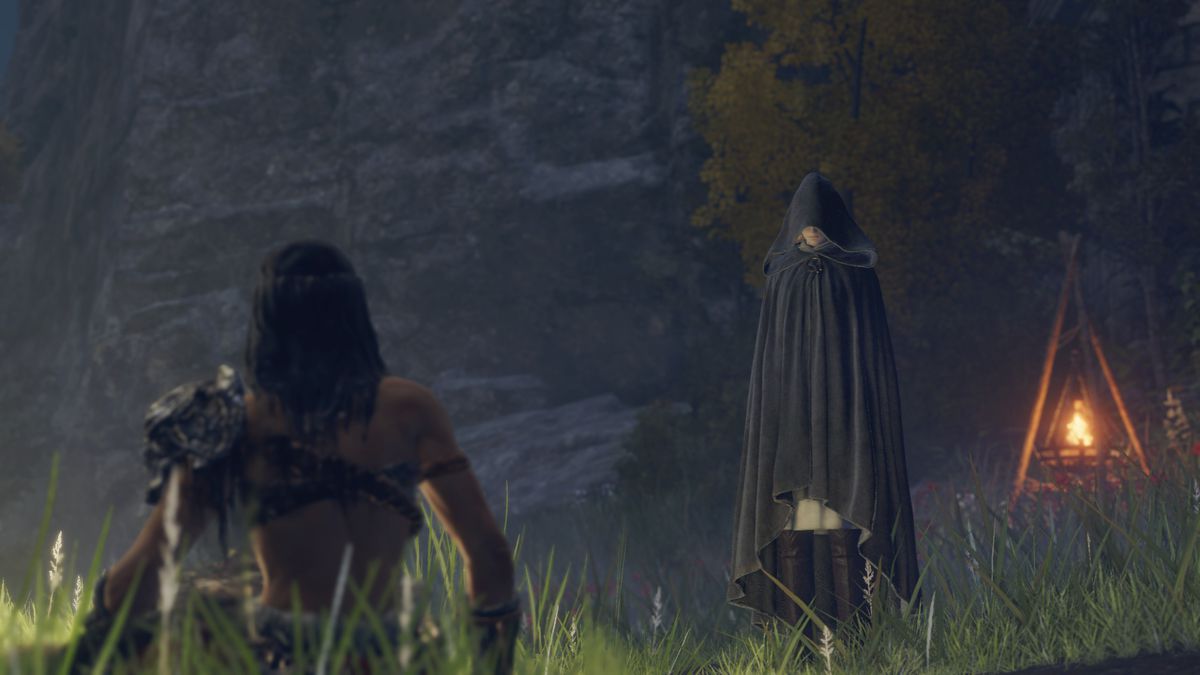
Image: FromSoftware via Polygon
FromSoftware is perhaps best known for the Dark Souls series. Demon’s Souls, a 2009 release that would later be remade as a PlayStation 5 launch title in 2020, was a cult hit. The Dark Souls trilogy would be released over the 2010s, along with Victorian gothic horror Bloodborne in 2015 (hence the term “Soulsborne” many fans use, a way to casually refer to the developer’s catalog). FromSoft also released the Sengoku-era adventure Sekiro: Shadows Die Twice in 2019, which departed from familiar elements like the persistent, troublesome Patches.
Dark Souls also impacted game design more broadly, with “Soulslike” becoming a shorthand for identifying a certain game ethos and set of mechanics. Soulslike games can look nothing like FromSoftware’s majestic and terrible environments. But creators of games like Tunic have cleverly learned from FromSoftware and interpreted the developer’s mechanics through their own lens.
I’m a player who enjoys digging into the lore and uncovering little details about the world. At first, I missed much of this in Elden Ring, until I began paying attention to the flavor text on item descriptions. Much of the world is up for debate, spread across little riddles and unreliable narrators. The world is open for interpretation and discovery. There’s no codex or world building guide, nor dialogue trees that provide technical details.
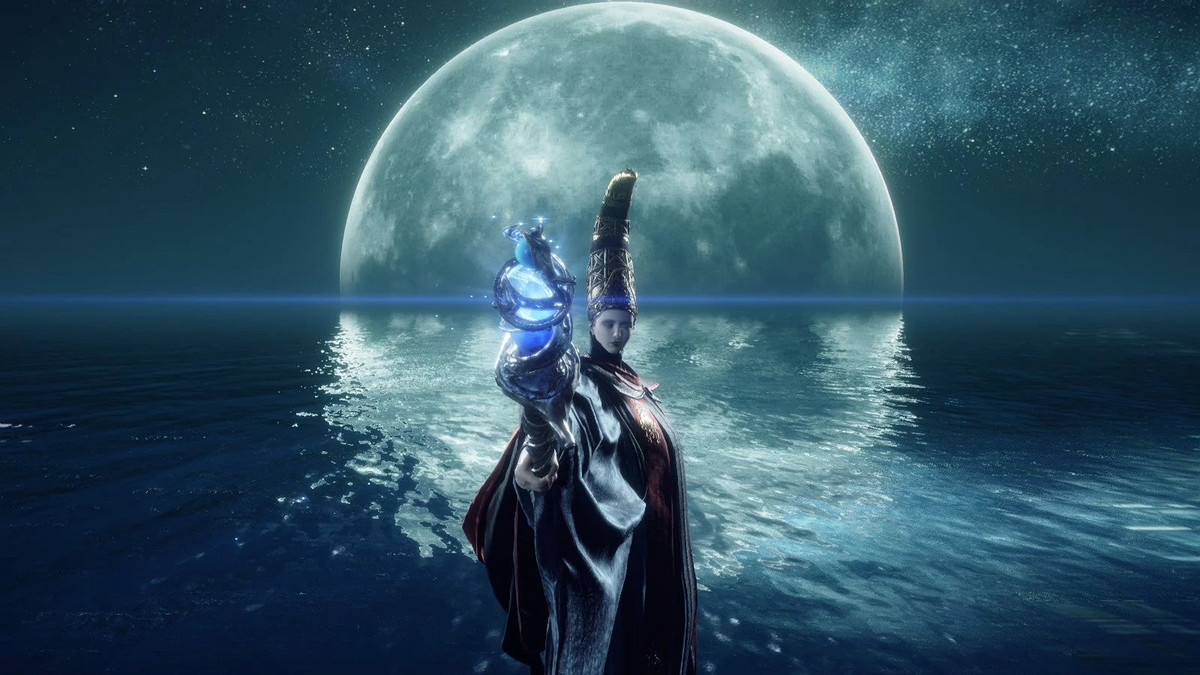
Image: FromSoftware/Bandai Namco
Many of FromSoft’s games share similar gameplay cores: There’s punishingly difficult combat, until the player puzzles out the specific attack patterns and enemy movement styles. But it was the characters and world-building that really intrigued me, and got me interested in the entire FromSoft canon. The antagonists are usually deeply tragic. They can be cheerful sun-loving warriors that eventually fall into madness or frenzy, or they could be desperate monster-hunters who find themselves in the hands of unspeakable eldritch terrors.
There is very little information available about the world of FromSoftware. It’s given out in vague dialogues and description of items. A FromSoftware game follows an internal consistency to its design and logic, even when the developer experiments with larger aspects.
This consistency and breadth have made the game a favorite among gamers. For years, this was almost a plague; there was the persistent stereotype of the “git gud” gamer who would parry away all criticisms or concerns about Soulsborne games with one adage: Simply be better at video games. This conversation still persists — and we will likely see debates on whether FromSoftware games should have easy modes until the inevitable heat death of the universe — but it has faded away over time to allow for a more accessible, welcoming fan experience.
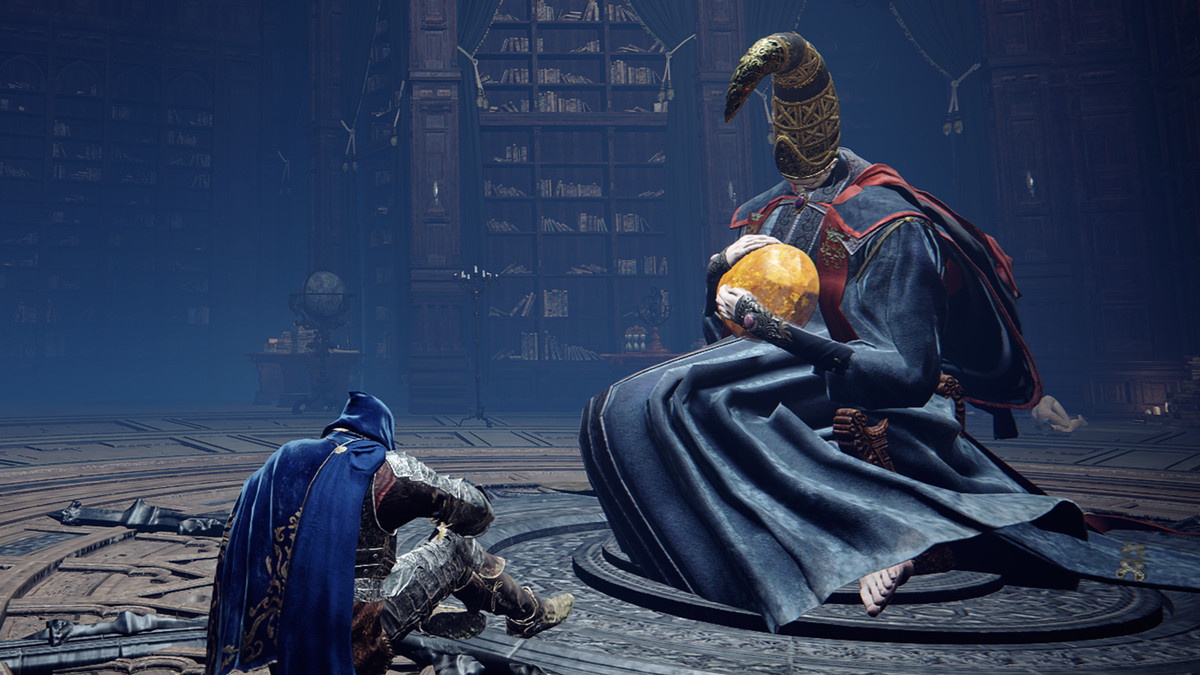
Image: FromSoftware/Bandai Namco via Polygon
Peek at the Elden Ring subreddit, and you’ll see players sharing the repeated trials and tribulations of fighting Starscourge Radahn, or sharing gifs of their terrible, comically inept deaths at the hands of birds or suspicious-looking cliffsides. For every person who claims using a summon or a shield isn’t the “real” way to play the game, dozens more celebrate the wild strategies — like intense incantations, blood builds, or good ol’ cheese — they used to survive.
Elden Ring was the first FromSoftware video game that I played. It’s partly because of the strong sense of identity FromSoftware users had. I had witnessed friends go through the cycle of frustration and fury, slow realization, and triumphant vengeance over boss fights. I had seen people share gorgeous fan art of FromSoft characters, or share their lore theories on social media. I also gained a sense of the communities built around these franchises.
FromSoftware games encourage collaboration and rely heavily on communication between players. This could be through messages in the game or by gathering with creators to share their ideas and interpret the lore. There’s a shared vocabulary and understanding among the developer’s fans, and they work together to understand the worlds FromSoft crafts. There are local legends as well that can inspire fan work, such as Let Me Solo Her. This player exists to simply be summoned to a world of an ally to defeat its toughest boss, even though she is bugged and does ridiculous amounts of damage.
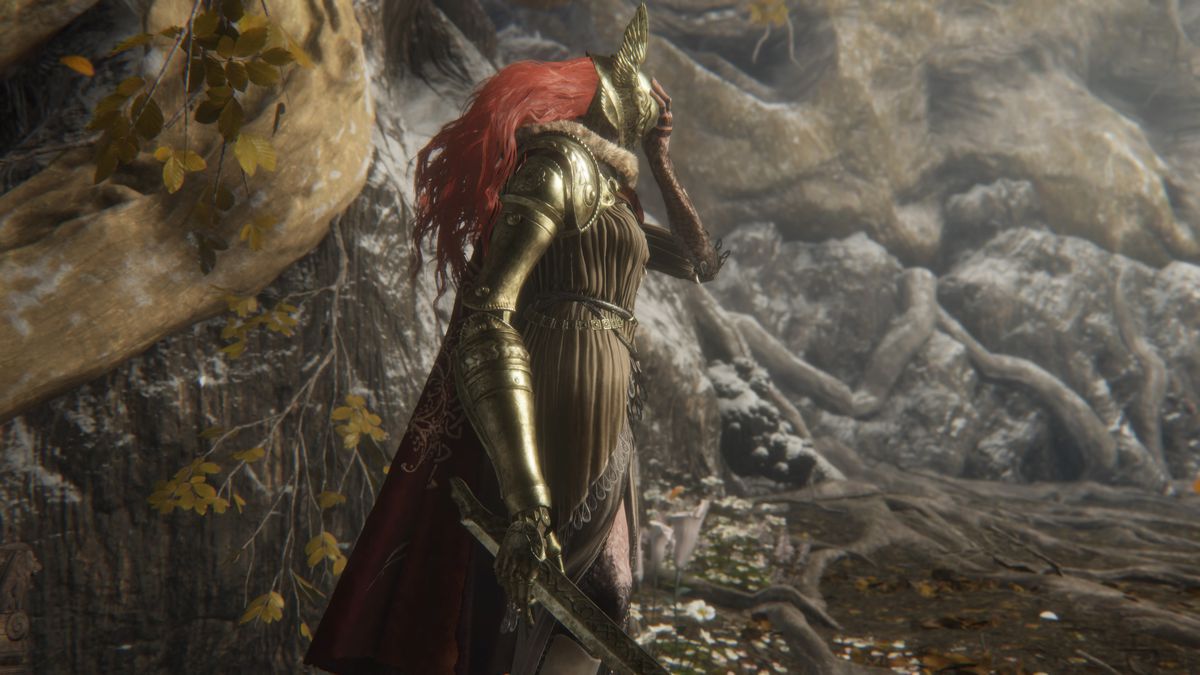
Image: FromSoftware/Bandai Namco
Elden Ring fans have also already created tons of fascinating projects around the game’s lore and setting. Developers have created Elden Ring demake trailers and Game Boy adaptations. Players joke about the game’s difficulty and assign their own challenges by playing the game on a Fisher Price controller or going for a legendary nine-minute speed run. There’s also, of course, an incredible amount of fan art.
While the popularity of the game is quite surprising, savvy observers can see it from far. FromSoft fanatics held vigils after any game conference in which Elden Ring wasn’t shown or presented. For a while, they went completely feral and made up their own lore, including bosses like “Glaive Master Hodir.” And when an additional trailer was finally released in 2021, giving more insight into Elden Ring‘s lore, fans immediately rallied around a favorite character: the humble Pot Boy.
Elden Ring had a similar hold on me. After Elden Ring, I was hooked; I had never been into the idea of “getting good,” but I was absolutely down to explore games like Bloodborne, picking up the game and devouring it myself — along with digging into fan-made resources like Redgrave’s novella “The Paleblood Hunt,” a 90-page dissection of Bloodborne‘s themes, enemies, and characters, or scouring videos of enemy models to get a full sense of their designs.
Elden Ring was a way for fans to get in touch with the community. However, they were scared by the tough bosses and “get good” dialog. But FromSoftware’s fans have championed the games for years, sharing the best bits on social media and hyping up subsequent releases. It’s worth noting that Elden Ring‘s success owes a lot to those concerted efforts, in-jokes, and analyses. I’m already looking forward to prospective DLC that adds more riddles for fans to pore over, but I imagine I’ll be going through new game plus as well, doing a victory lap around the Lands Between.
Source: www.polygon.com